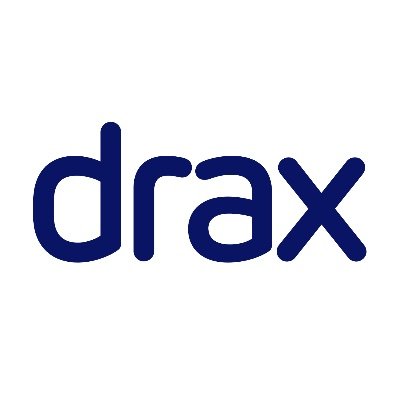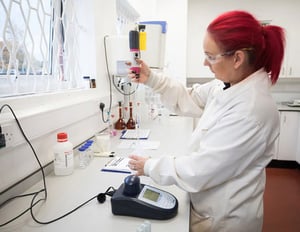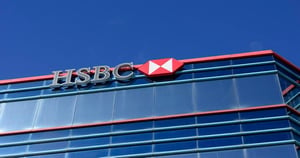The UK energy market is experiencing a powerful shift, driven by a stunning surge in solar adoption that’s transforming rooftops into revenue-generating assets. With a record number of household solar systems installed already this year, momentum is building fast, and the ripple effect is creating compelling prospects for investors poised to ride the wave of renewable energy growth.
The start of 2025 has delivered extraordinary growth for the UK solar sector, with more than 57,000 new rooftop systems installed in the first quarter alone. That figure marks the most rapid acceleration in over a decade, driven by a perfect alignment of economic and environmental factors. Elevated wholesale electricity prices, government-backed incentives, and extended hours of spring sunshine have combined to make solar not just sustainable, but irresistibly profitable. This new pace of adoption signals not a trend but a transition, as solar becomes a core part of UK households’ energy strategies.
Alongside consumer uptake, the policy landscape is evolving to accelerate this revolution. Regulatory changes have streamlined planning processes, removing key friction points for solar deployment. These updates, including proposed requirements for solar panels on all new homes starting from 2027, are ensuring that solar becomes embedded in future housing infrastructure. Meanwhile, grid modernisation efforts are moving in lockstep, allowing installations to connect faster and more efficiently, creating a clearer path to scale for both residential and utility-scale systems.
The commercial response is equally robust. The development of larger-scale solar projects is accelerating, backed by government initiatives to ease approval bottlenecks and unlock latent capacity. These reforms are poised to deliver billions in cost savings across the energy network while helping to meet ambitious targets for decarbonisation. The push towards 95% clean power by 2030 is no longer aspirational—it is actively unfolding.
Amidst this shifting energy landscape, Drax Group is stepping up with strategic investments aimed at boosting solar generation within its own operations. The company is deploying around 1,500 solar panels across its hydro sites in Scotland, where the output will power auxiliary systems and reduce the stations’ operational carbon footprint. This investment aligns with Drax’s broader clean energy strategy and exemplifies how legacy infrastructure can be upgraded with modern, complementary technology.
However, the increasing role of intermittent sources like solar introduces new grid management challenges. Periods of low electricity demand, particularly during spring weekends, have already pushed generation close to exceeding minimum demand thresholds. This highlights the vital role of dispatchable capacity and energy storage in ensuring system reliability. For investors, it underlines an adjacent opportunity: solutions that support grid flexibility, such as battery storage and intelligent demand management—are becoming as essential as generation assets themselves.
Drax’s integration of solar into its hydro operations demonstrates a forward-thinking approach, creating a blueprint for future-proof energy infrastructure. It represents not just a diversification of generation methods, but a commitment to fully embracing the UK’s renewables future. For investors, this is a signal: companies that are not only keeping pace with change but actively shaping it are set to deliver long-term value in a rapidly transforming sector.
Drax Group plc (LON:DRX), trading as Drax, is a power generation business. The principal downstream enterprises are based in the UK and include Drax Power Limited, which runs the biomass fuelled Drax power station, near Selby in North Yorkshire.





































